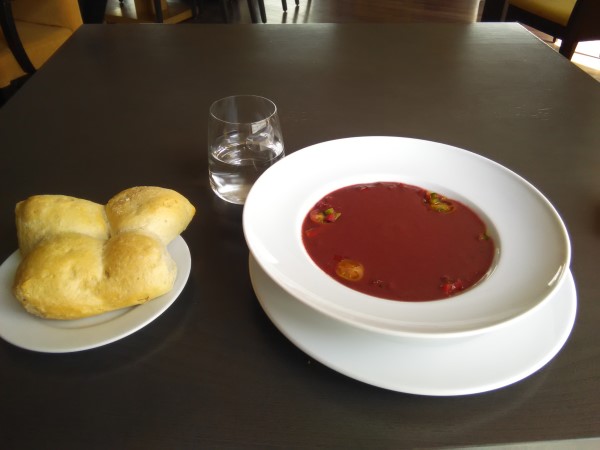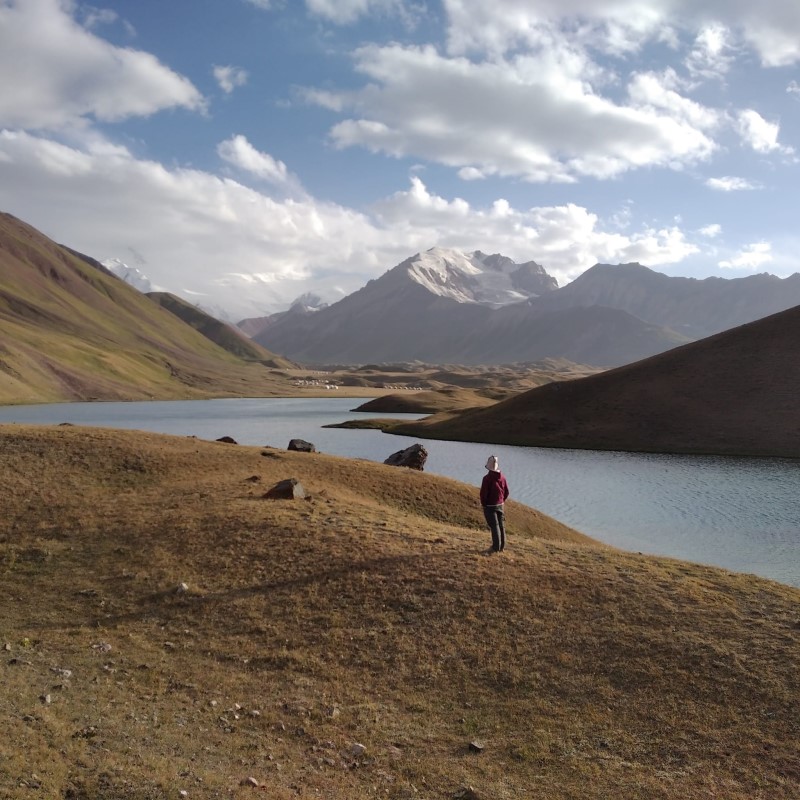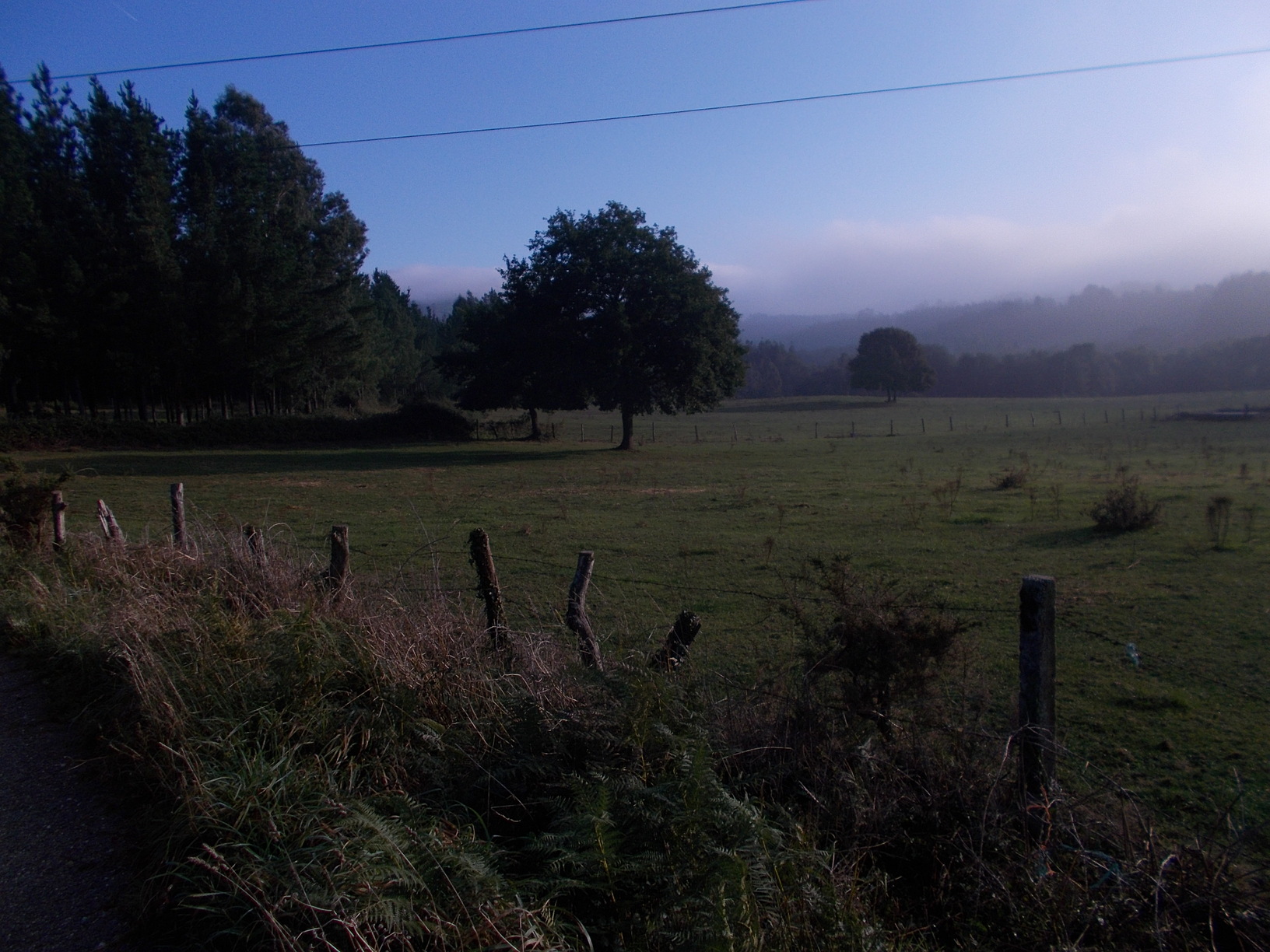There probably isn’t any other topic that stirs as much discussion as the ideal shoes for the Camino. Just stop in any random pilgrim hostel and look at the place where pilgrims leave their walking shoes for the night. If there are more than ten pilgrims staying for the night, I can guarantee that you will see everything–from sandals to light trainers and trail running shoes, to heavy boots. Does this mean that best shoes for the Camino do not exist, and that everything depends on personal preferences? I do not think so.
Sure, you may disagree with me and that’s fine. But since you opened this article you perhaps at least wonder what my personal experiences are, or what advantages and disadvantages different types of shoes have on Camino de Santiago. And at the end of reading this post, perhaps you will find YOUR best shoes for the Camino :). So let’s dive into this, and analyze the shoes types one by one.
Table of Contents
Breathable trail-running shoes – the best choice for any Camino
Considering the terrain, the temperatures, and the fact that Camino is a long walk and you will encounter different types of weather on your way to Santiago, the clean winner for the best shoes for Camino de Santiago are (at least to me) some light breathable trail running shoes. Avoid getting shoes with a membrane like Gore-Tex!
Membrane shoes may protect you from light rain, BUT they do not let the moisture created by heat out of the shoe, and you will develop blisters sooner or later. Mark my words: If your Gore-Tex shoes get wet once on the Camino (from the inside), they will never again get dry until you reach Santiago. On the other hand, your feet will get wet in the occasional rain in normal (non water-proof) trail running shoes, but the shoes will also easily dry overnight, and the next day you will walk in dry shoes again :). And what trail running shoes to pick?
Well, my no. 1 choice, and the no. 1 choice of Americans when it comes to long distance walking, is the Lone Peak model from Altra. You can check the newest model for men here, and for women here. I’ve done my last 5 caminos in these shoes, and never developed a single blister. On the top of that, the zero-drop design of Altra will make sure your Achilles gets stronger on your Camino, which will only help you in your life after the Camino.
Note: As with any other shoes, especially zero-drop, it is important to practice with your Altras before embarking on the camino. They would not give you blisters even if you put them on and walked 20 miles right away, but you should get accustomed to the zero-drop, and for that at least a few walks of 3-10 miles are necessary. Once your feet get used to them, there’s no way back :).
High hiking boots for the Camino – the thing of the past
Let me put this straight: Camino de Santiago isn’t a technical hike in the mountains. For 95% of time, you will walk either on wide gravel/dirt roads, or on paved roads passing through small towns and villages with little traffic. If you are worried about some extreme conditions and hoping that your big sturdy hiking boots will protect you from the rough elements of nature, you can leave this worries back at home… Camino de Santiago is a pilgrimage, not a wilderness walk.
Secondly, unless you do the camino in winter, Spain is a hot country. The big sturdy hiking boots typically ventilate extremely poorly, which means two things:
- Just few days in your walk, you will almost certainly develop blisters. BIG blisters.
- Your feet and shoes will smell pretty badly every day, and unless the pilgrim hostel where you stay has an option of leaving shoes outside, you will make your own after-walk experience (and the experience of other pilgrims sharing the accommodation with you) a bit (or very :)) unpleasant.
There is also one myth related to sturdy high hiking boots–the myth that they protect your ankle from hurting or twisting. This was true back in the day for the real mountaineers of the past. Walking through uncharted territories, high in the mountains, falling rocks and hidden crevasses often made their life difficult, and it was important to have their feet protected. But Camino de Santiago isn’t a walk in some dark places on the map, where any human is yet to set foot…
Actually wearing high boots is almost like having your leg in the cast. Many muscles you should normally use you don’t, and this goes for the ligaments and muscles around your ankle too. Which means your ankle is getting weaker and weaker (when we do not work out any part of our body, it gets weaker), and it is actually much easier to twist it. I can guarantee you that if you meet anyone on the Camino with a twisted ankle, this person will be wearing the high hiking boots…
As a final verdict, I do not recommend high sturdy boots for Camino de Santiago, regardless of your age, physical condition, or any other thing.
Light lower leather hiking boots – a decent compromise for pilgrims who prefer boots
If you are a die-hard fan of walking in boots, and cannot image doing a Camino in anything else, opt for some lightweight leather no-membrane low hiking boots. In such boots your feet can breath at least a bit, your ankles get at least some exercise, and your feet won’t stick as badly as they will in high sturdy membrane hiking boots (that many people still take for the camino). To give you an idea of what such shoes look like and how much they cost, I picked for you one great alternative for men and one great alternative for women from the offer at Amazon:
[amazon box =”B09WNVSC3Y,B07DZ7QSB2 “]
Doing Camino de Santiago in sandals – it definitely can be done
As I’ve already said, in any major Camino (the French way, the Northern way, the Portuguese way, the Primitive way, the Via de al Plata) you spend 95% of time walking on wider gravel/dirt trails and paved roads. And one can definitely manage walking on such terrain in sandals. Hence if you’re not worried of the remaining 5%, and have some experience in walking in sandals, I am not going to discourage you from trying to do the camino in them.
On the other hand, it is perhaps a good idea taking one other pair of shoes and one pair of sandals, so you can at least alternate between the two, depending on the terrain, whether it rains on any given day (walking in sandals in rain isn’t a very pleasant experience), and simply have other pair of shoes to fall back on, should your sandal experiment fail… When it comes to sandals, however, the best ones for any longer multi-day hike are definitely the Lunas. These sandals were designed for long distance running and hiking, and are distinct from any other sandals you may get on Amazon or other marketplace. Check them out below:
[amazon box =”B07PT4FNXM”]
Doing the Camino barefoot – only for people who already have plenty of barefoot walking experience
You may think I am crazy when you read the heading. But walking Camino de Santiago bare-foot is possible. I know it, because I’ve seen it. It happened back in 2015, when I was walking Camino del Norte for the first time. I met the Australian family of a man, woman, a toddler, and a small dog. They were walking all together, sleeping in tent most of the nights, typically covering just about 10 kilometers daily.
But they had “all the time in the world”, as the woman explained to me. And it was her husband who walked barefoot, and carried almost all their gear and provisions (think 15+ kilo backpack). I met them roughly in the middle of the way from Irun to Santiago, and as the woman tried o explain to me, her husband was trying to “prove something”. In all honesty, I think it was more of an ego thing on his side, carrying this heavy backpack barefoot all across Spain. But his example certainly proves it can be done. Do I recommend it? Of course I do not, unless you are highly experienced with barefoot walking… but in such a case you won’t be probably reading an article on a best shoes for Camino de Santiago :).
Final word
I hope that things are at least a bit clearer now, and you have a good idea about the shoes you want to take with you for your Camino. To sum it up, if you have no specific preference, go for trail running shoes, such as the Lone Peak from Altra (check the model for men on Amazon, and the one for women on Amazon). They are definitely the most universal, considering the types of terrain and the possible weather extremes you may experience in Spain.
If you cannot imagine in such light shoes, however, and are a die-hard fan of hiking boots, take at least some lower boots that are breathable (no membrane). And if you just love walking in sandals and give your feet some air anytime it is possible, get good sandals, such as the Luna sandals, to make sure you won’t develop blisters after just few kilometers in the walk :). So that’s it, any questions, you can always contact me. Thank you, and buen Camino!
Matej
May also interest you:



![Ultralight Packing List for Camino de Santiago [2025 Edition]](https://caminolovers.com/wp-content/uploads/2022/03/altra-shoes-640-x-480.jpg)



